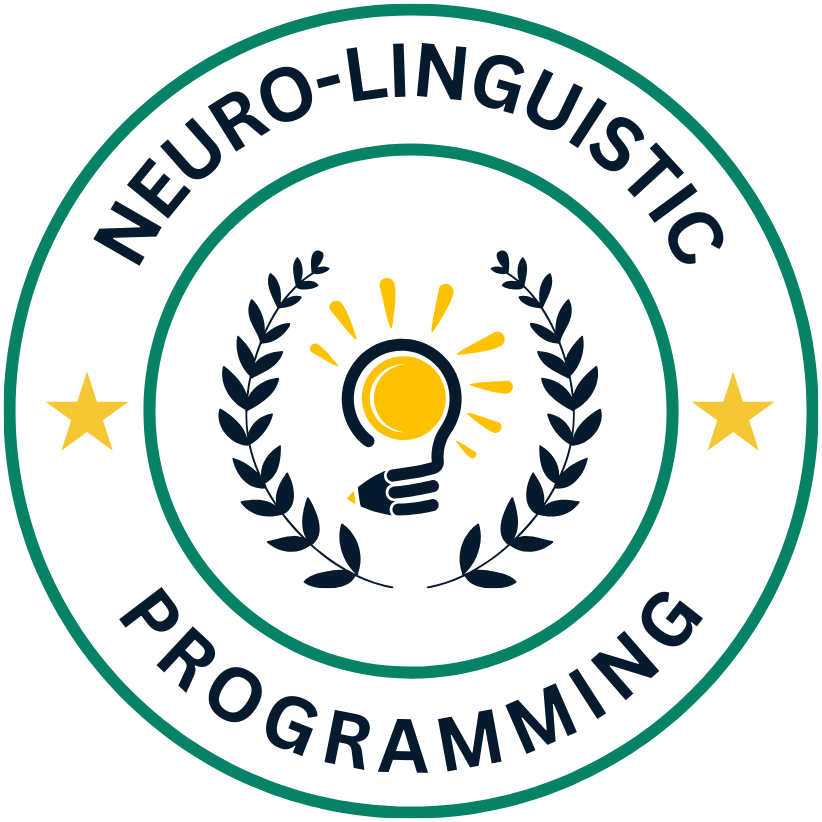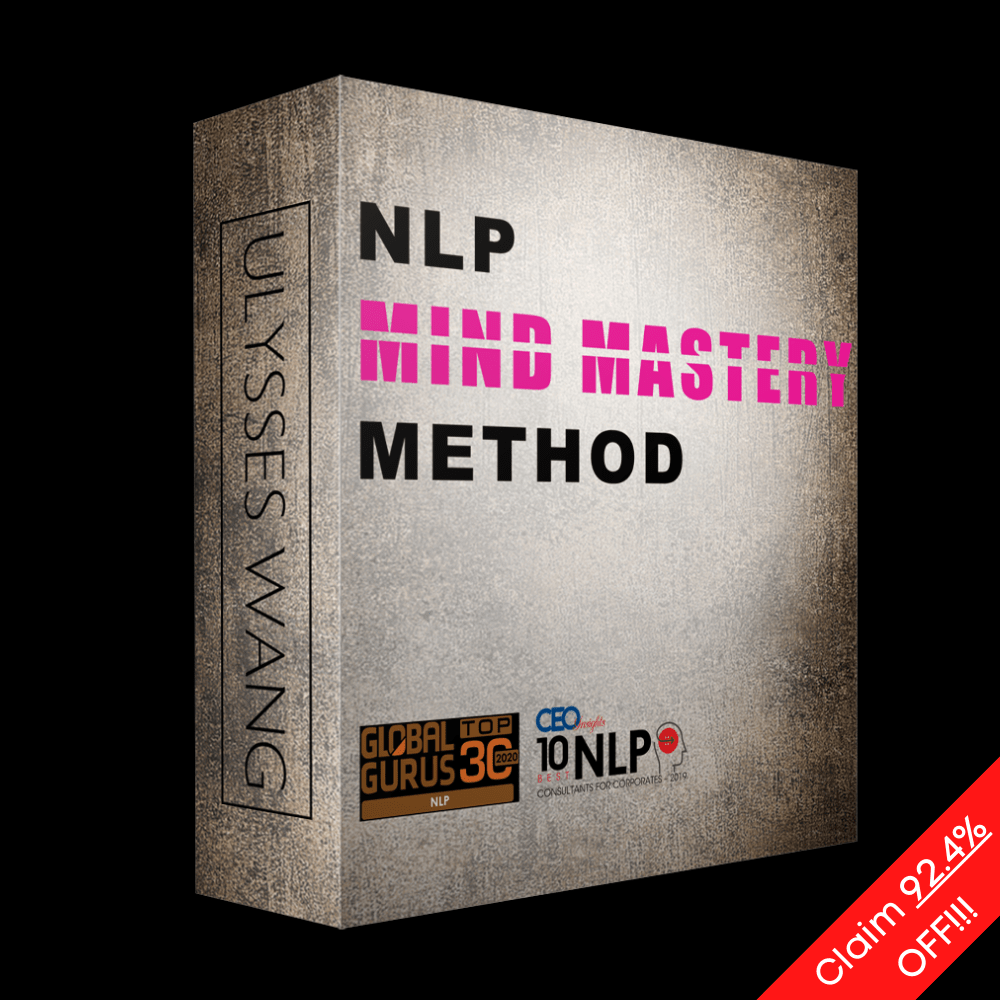There’s a powerful tool at your disposal when it comes to enhancing your writing – NLP language patterns. NLP, or neurolinguistic programming, involves using specific language patterns to influence and communicate effectively with your readers. By incorporating NLP techniques into your writing, you can captivate your audience, convey your message clearly, and evoke desired emotions. Here are some quick tips to help you implement NLP language patterns seamlessly in your writing and take your communication skills to the next level.
Core Principles of NLP Language Patterns
Representation Systems
Language is a fundamental part of our representation systems, which include how we perceive and process information in our minds. When implementing NLP language patterns in your writing, it is crucial to consider the different representation systems – visual, auditory, kinesthetic, olfactory, and gustatory. By incorporating words that resonate with each of these systems, you can connect more deeply with your readers on multiple levels.
The Power of Presuppositions
Systems of beliefs and assumptions form the basis of presuppositions and play a vital role in NLP language patterns. Presuppositions are statements or suggestions that are embedded within a sentence, assuming certain truths. By utilizing presuppositions in your writing, you can guide your readers’ thinking and lead them to certain conclusions without explicitly stating them. This subtle yet powerful technique can influence the way your audience perceives and responds to your message.
With NLP language patterns, you can leverage the power of presuppositions to create a persuasive and compelling narrative that engages your readers on a subconscious level. By strategically integrating presuppositions into your writing, you can influence their beliefs and emotions, leading to a more impactful and effective communication strategy.

Strategies for Implementing NLP Techniques
Use of Meta-Models
For clear and effective communication, utilizing Meta-Models in your writing can help enhance understanding and engagement. By focusing on eliminating ambiguity and enhancing specificity, Meta-Models provide a structure that ensures your message is delivered with precision and clarity, allowing your readers to grasp the intended meaning more effectively.
The Milton Model for Persuasive Writing
Persuasive writing can be greatly enhanced by employing the Milton Model, a technique named after psychologist Milton Erickson. This model involves using language patterns to influence and persuade the reader, creating a compelling and engaging narrative that resonates with the audience’s subconscious mind.
For instance, by incorporating embedded commands, presuppositions, and analogical marking into your writing, you can subtly guide the reader towards your desired outcome without triggering resistance or skepticism. Understanding and mastering the Milton Model can significantly improve the persuasive power of your writing, making it more impactful and compelling to your audience.
Practical Applications in Different Writing Genres
Despite the complexities of Neuro-Linguistic Programming (NLP) techniques, they can be effectively utilized in various writing genres to enhance communication and engagement. For a detailed guide on 5 NLP techniques, check out 5 (NLP) Neuro-Linguistic Programming Techniques.
Incorporating NLP in Business Writing
Practical application of NLP in business writing can significantly improve the impact of your communication. By utilizing NLP language patterns such as embedded commands and sensory language, you can enhance persuasion and influence in your business correspondence. These techniques can help you craft compelling sales copies, persuasive emails, and engaging marketing materials that resonate with your target audience.
Enhancing Creative Writing with NLP Patterns
Applications of NLP in creative writing offer a unique opportunity to infuse depth and emotion into your storytelling. By incorporating NLP techniques like storytelling frameworks, pacing and leading, and sensory language, you can create captivating narratives that resonate with readers on a subconscious level. These tools can help you build rich character development, evoke vivid imagery, and create immersive worlds that leave a lasting impact on your audience.
Refining Your NLP Writing Skills
Exercises for Daily Practice
Refining your NLP writing skills requires consistent practice. Set aside time each day to work on incorporating NLP language patterns into your writing. Start by analyzing different texts to identify patterns and techniques used by other writers. Then, practice writing sentences using these patterns to familiarize yourself with them. You can also try rewriting paragraphs from your own writing using NLP language patterns to see how they enhance the impact of your message.
Measuring Improvement and Impact
Measuring the improvement and impact of your NLP writing skills is necessary to gauging your progress. Keep track of the responses and engagement you receive from your audience when you implement NLP language patterns in your writing. Analyze metrics such as reader feedback, shares, and conversions to determine the effectiveness of your NLP techniques. Over time, you will be able to see how your refined NLP writing skills contribute to achieving your writing goals.
Improvement
As you consistently practice and measure the impact of your NLP writing, you will notice a significant improvement in your ability to connect with your audience and convey your message effectively. By refining your NLP skills through daily practice and monitoring your progress, you will become more adept at using language patterns to engage and influence your readers.
Final Words
With this in mind, implementing NLP language patterns in your writing can greatly enhance your ability to communicate effectively with your audience. By incorporating these techniques, you can create more engaging and persuasive content that resonates with readers and leaves a lasting impact. Remember to practice and experiment with different patterns to find what works best for your style and message. With consistency and dedication, you’ll soon master the art of NLP language patterns and become a more influential writer.
FAQ
Q: What are NLP language patterns?
A: NLP language patterns are linguistic techniques used to influence and persuade others by leveraging principles from neuro-linguistic programming.
Q: Why are NLP language patterns important in writing?
A: NLP language patterns can enhance the effectiveness of your writing by connecting with readers on a subconscious level, leading to increased engagement and impact.
Q: How can I implement NLP language patterns in my writing?
A: You can implement NLP language patterns in your writing by using techniques such as embedded commands, presuppositions, and sensory language to influence and persuade your audience.
Q: What are some examples of NLP language patterns?
A: Examples of NLP language patterns include using metaphorical language, pacing and leading, and using sensory-based words to create a more engaging and persuasive writing style.
Q: Are there any cautions to keep in mind when using NLP language patterns in writing?
A: While NLP language patterns can be powerful tools for communication, it is important to use them ethically and responsibly, ensuring that your intention is to inform and persuade rather than manipulate or deceive your audience.



